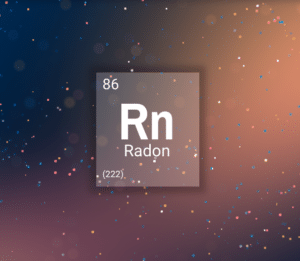The Health Risks of Radon
Understanding the Silent Threat of Radon Exposure
Radon might be out of sight and out of mind, but that doesn’t mean it’s out of our homes. Invisible and odorless, this naturally occurring radioactive gas can seep into our living spaces, posing significant health risks over time. Most notably, radon is the second leading cause of lung cancer, after smoking. Let’s explore the implications of prolonged radon exposure.
Understanding Radon and Lung Cancer
Long-term exposure to radon is a major risk factor for lung cancer. The gas decays into radioactive particles that, when inhaled, can damage lung tissue and potentially lead to cancer. Alarmingly, it’s estimated by the Environmental Protection Agency (EPA) and the Office of the Surgeon General that radon is responsible for about 21,000 lung cancer deaths every year in the U.S. alone. Smokers are particularly at risk, as radon exposure compounds the risk of lung cancer significantly.
Radon is responsible for about 21,000 lung cancer deaths every year in the U.S. alone. Smokers have a 10-20 times greater risk of lung cancer if exposed to radon than non-smokers.
Exposure to Radon
Prolonged exposure to high concentrations of radon gas is the leading cause of lung cancer in non-smokers. For smokers, the risk of developing lung cancer is dramatically increased when exposed to even moderate concentrations of radon gas. According to the Surgeon General, not enough citizens are aware of the dangers or consider themselves at risk. Over the past decade, the EPA and dozens of other organizations including the American Lung Association, have escalated public awareness campaigns to educate both adults and children to the health risks associated with radon gas.








